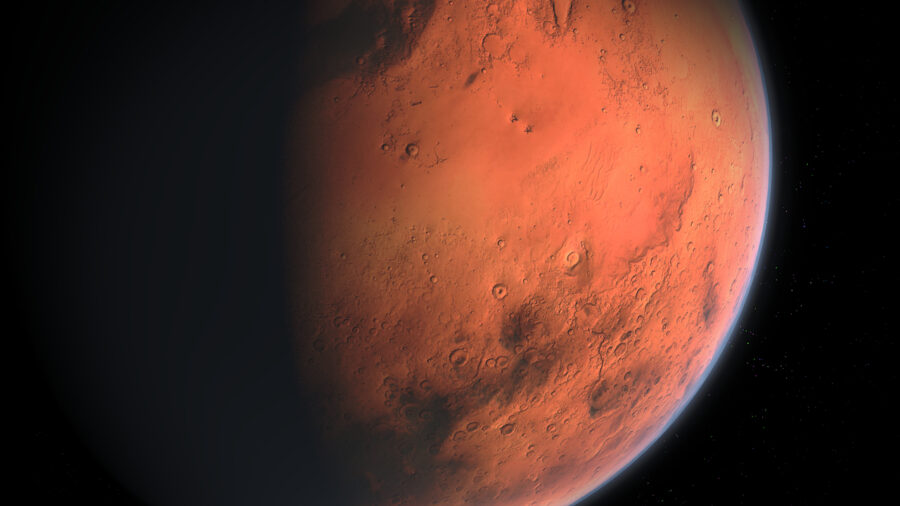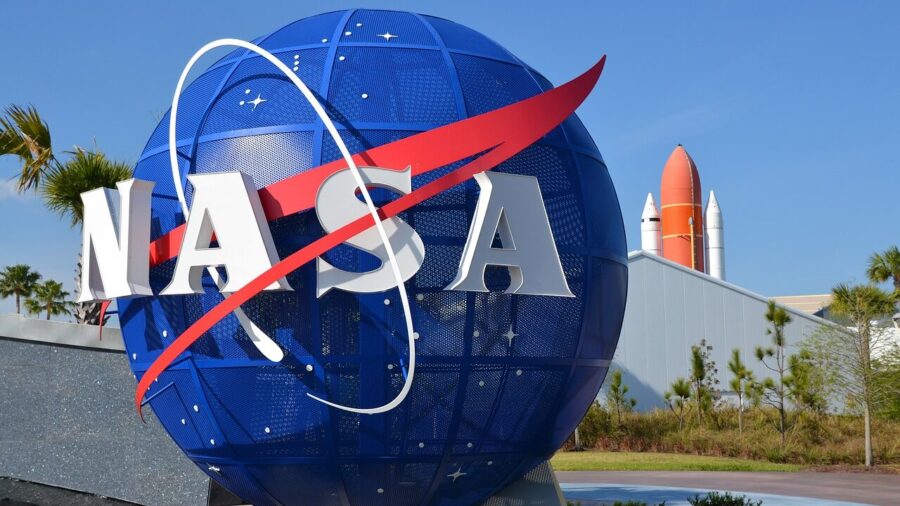NASA Found Precious Gemstones On Mars
NASA has discovered what could be opals on mars, meaning the presence of water on the planet as well.
This article is more than 2 years old

Your next Star Wars cosplay could come complete with some film-accurate authentic space bling. According to a write-up in Futurism which cites a study published in the Journal of Geophysical Research: Planets, NASA’s Curiosity rover has likely encountered a crater on Mars absolutely brimming with precious opals. The research, which was conducted by a team of Arizona State University scientists in affiliation with NASA themselves confirms “Fracture halos” of light-colored rock, suggesting the presence of opals, and inherently, the semi-recent presence of water.
The famed Breaking Bad scene where Walter White encounters Donald Margolis (prior to the fictional flight Wayfarer 515 crash) wasn’t just making up the science as they went along. Water on Mars would have enormous ramifications for humankind and space travel as we know it, turning the big red planet into a sort of intergalactic gas station that would allow for refueling and further exploration into the stars. NASA had previously confirmed the ancient existence of water on Mars based on sediment samples within the rocky soil, but this new discovery suggests water may have been present on the planet far more recently than previously considered.
Opals naturally occur in nature when silica is dissolved in water, which means that the crater where these gems are being heavily spotted may have sheltered life from the intense radiation of the planet’s surface. A scientist from ASU confirmed that these conditions may have been inhabitable in the not-so-distant past, cosmically speaking. NASA plans on probing Mars further to get to the bottom of the gems’ origins, both literally and figuratively.

Water can also be extracted from opals, with roughly 1.5 gallons of water being available from a single three-foot stretch of fractured halo, meaning that water on the surface of Mars isn’t just a shadow of lost memory, but a striking possibility for the future. Researchers were able to demonstrate this extraction technique, which separates the water from the packed silica, using speculative science and NASA’s most up-to-date Mars surface data. We suppose this means NASA has bigger plans for the precious gemstones than hocking them to basketball players and jewel collectors a la the Sadie brothers’ Uncut Gems.
The sheer number of opals that NASA is encountering on Mars could mean that further unexplored regions of the planet could host water today. If the right conditions are met, a manned expedition to the red giant may not be out of the question, bringing us a step closer to bringing Matt Damon‘s The Martian character, who was able to semi-colonize the planet while he waited to be rescued. Of course, we’ll hope the expedition goes a bit smoother for our real-life cosmonauts than it did for the lone botanist, who was forced to survive 549 Martian days farming potatoes in his own waste.
For now, we’ll have to rely on Earth’s gravity to allow us to sit tight until NASA can determine what to do with the gemstones on Mars’ surface. But one thing’s for sure, those opals would make for one hell of an engagement gift.












